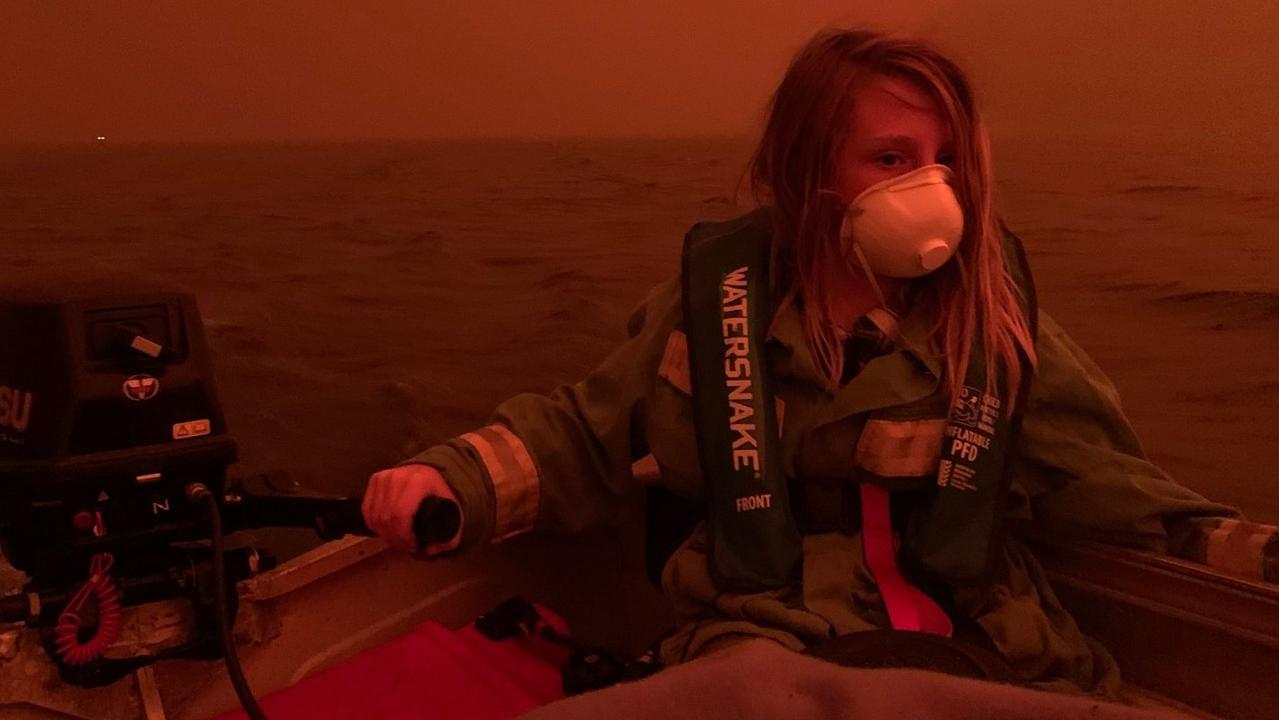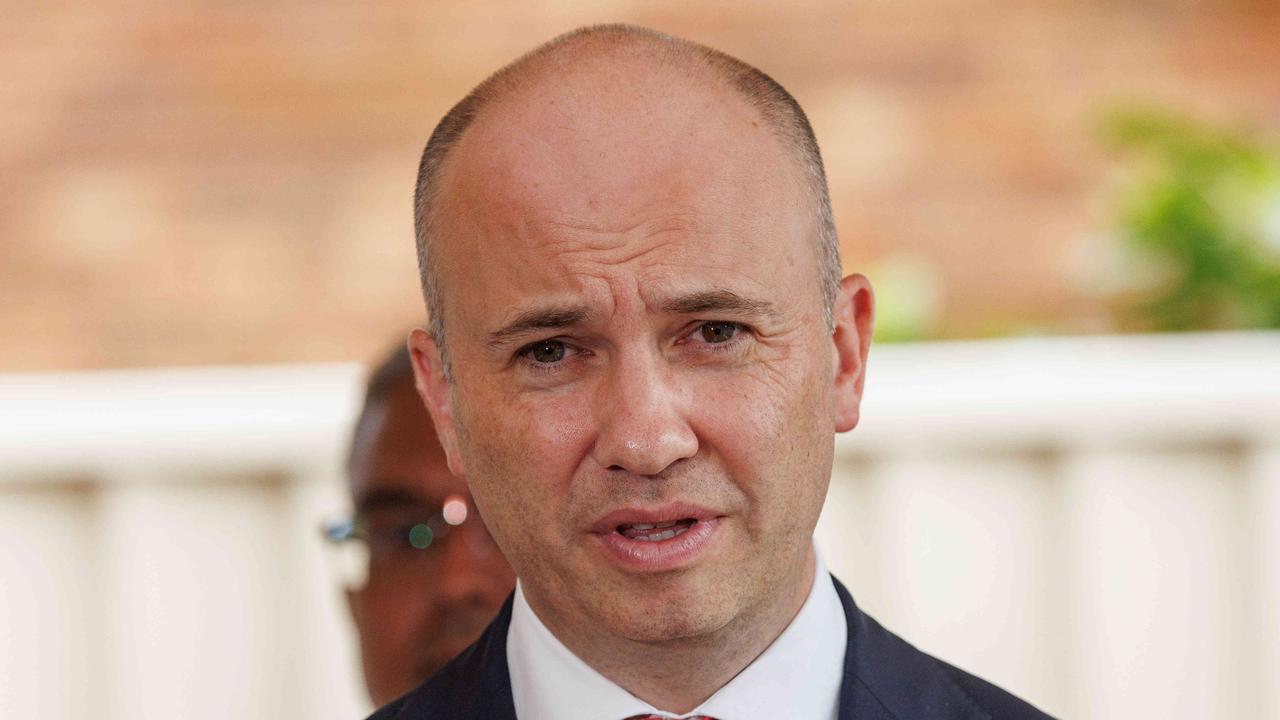Australia headed for a bushfire scenario ‘we cannot even fathom’ as climate change ramps up
Australia is headed for an 800 per cent increase to its bushfire risk and one expert says the scenario is “something we cannot even fathom”.

Australia is facing a scenario “we cannot even fathom” as temperature rises look set to increase the probability of bushfires by up to 800 per cent.
One of the architects of the Paris Climate Agreement has warned that bushfires in Australia could become 400 to 800 per cent more likely if the country warms by 2 degrees.
Australia has already warmed by about 1.4 degrees, much higher than the world average of 1.1 degrees. This is partly because land warms up faster than the ocean.
This month a World Weather Attribution study found climate change had increased the chances of devastating bushfires in Australia by at least 30 per cent.
“That same study says if (we) go to 2 degrees global – which would be 2.5C or more in Australia – it would actually make those bushfires 400 to 800 per cent more probable,” Christiana Figueres, former executive secretary of the United Nations Framework Convention on Climate Change (UNFCCC) told ABC’s RN Breakfast on Tuesday.
“That is just something that we cannot even fathom.”
Even more alarming is that the world is headed for much higher warming than 2 degrees.
“I wish we were heading for 2 (degrees), that would be good news,” Ms Figueres said.
“The fact is that if every single government meets what they registered under the Paris Agreement five years ago, and then does no more than that … and makes no further efforts, then we would be heading for 3.7 degrees, which is a world that is basically uninhabitable for human beings.”
Ms Figueres said the bushfires this year were a line in the sand and “to have that future pulled into the present was actually horrifying”. It also highlighted that Australia was one of the countries most vulnerable to climate change impacts.
“Yes, Australia is responsible for only 1.3 per cent of emissions, however as we have seen from the bushfires, Australia is one of the most vulnerable countries to climate change,” she said.
“It cannot solve climate change on its own, it needs the solidarity of most, if not all, of the other countries.
“And if Australia does not contribute to the solution, there’s no way it can ask other countries to contribute to the solution.”
RELATED: The myths around Australia’s horror bushfire season
RELATED: Places in Australia where people will soon struggle to live
RELATED: The science behind climate change and its link to bushfires


Australia has committed to reduce emissions by 26 to 28 per cent reduction on 2005 greenhouse gas emissions levels by 2030.
But Ms Figueres said emissions needed to be halved within the next 10 years to prevent the worst impacts of climate change.
“Every single scientific study shows that we have to peak global emissions this year and then start a marked descent,” she said.
“It sounds very, very steep but actually it’s completely doable.”
This month Bureau of Meteorology head of climate monitoring Karl Braganza said Australia had warmed by about 1.4 degrees Celsius while the rest of the world had increased by 1.1C.
“Australia warms slightly more than the global average,” Dr Braganza told a Senate estimates committee in Canberra on Monday.
When temperatures across the rest of the world increase by 3.4C on average – which was estimated in a recent report – Australia is projected to be closer to 4C, he said.
It comes as BOM confirms the recent summer was Australia’s second hottest on record.
The national mean temperature for summer was 1.88C warmer than average, while the maximum was 2.11C higher and the minimum 1.64C more than average.
Australia’s 2019/20 bushfires burned more than 11 million hectares – an area larger than Ireland or South Korea – destroyed nearly 6000 buildings and killed at least 34 people and an estimated 1.5 billion animals.
RELATED: Photos of Australia’s horrific bushfire season


Continue the conversation @charischang2 | charis.chang@news.com.au




